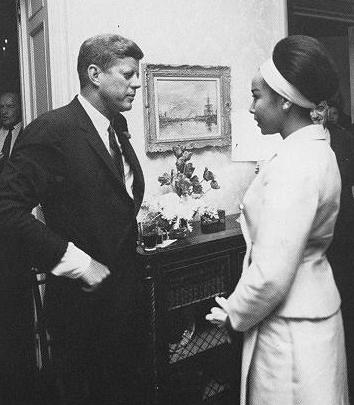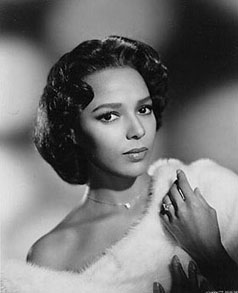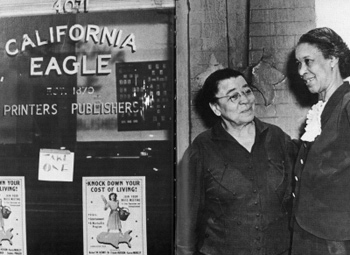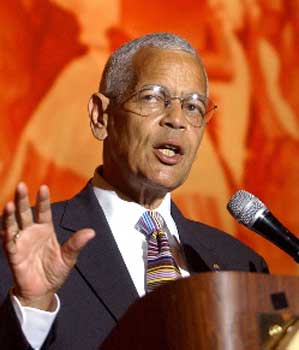Deadpool1986
Cook with a Mouth
Little Known Black History Fact: Convict Leasing
Feb 19, 2014
By Erica L. Taylor, The Tom Joyner Morning Show

After the Civil War ended, the prison system in the former Confederate states was under pressure to figure out how to house convicts. Most of their prisons had been destroyed in the war. As an answer to the problem, Southern states invented the convict lease system. In this new system, convicts would be leased out on private contracts as cheap labor and for a large state tax.
Nine-tenths of the prisoners were black and plantation owners held many of the private contracts. There were no rules in place for treatment of the prisoners and ultimately, the convict lease system gave birth to the chain gang. In Frederick Douglass’ 1893 publication, The Reason Why the Colored American is not in the World’s Columbian Exposition, he writes:
“The Negro criminals are mostly ignorant, poor and friendless. Possessing neither money to employ lawyers nor influential friends, they are sentenced in large numbers to long terms of imprisonment for petty crimes….It is an astounding fact that 90 percent of the state’s [Georgia] convicts are colored; 194 white males and 2 white females; 1,710 colored males and 44 colored females.
Douglass said that even when Black men and boys from 12-18 were convicted of petty crimes like assault and battery, they were sentenced to the hard labor of the convict lease system.
“The details of vice, cruelty and death thus fostered by the states whose treasuries are enriched thereby, equals anything from Siberia. Men, women and children are herded together like cattle in the filthiest quarters and chained together while at work. (The Reason, 1893).
The private owners and contractors who leased convicts were not only given a cheap form of labor, they were held responsible for the feeding, clothing, and housing the prisoners. Often, prisoners were worked to death and replaced by others. While slaveholders had some incentive to take care of their property, those leasing convicts did not. Convict leasing remained in place from immediately after the Civil War until 1928, when Alabama, the final state utilizing convict leasing, discontinued the practice.
Feb 19, 2014
By Erica L. Taylor, The Tom Joyner Morning Show

After the Civil War ended, the prison system in the former Confederate states was under pressure to figure out how to house convicts. Most of their prisons had been destroyed in the war. As an answer to the problem, Southern states invented the convict lease system. In this new system, convicts would be leased out on private contracts as cheap labor and for a large state tax.
Nine-tenths of the prisoners were black and plantation owners held many of the private contracts. There were no rules in place for treatment of the prisoners and ultimately, the convict lease system gave birth to the chain gang. In Frederick Douglass’ 1893 publication, The Reason Why the Colored American is not in the World’s Columbian Exposition, he writes:
“The Negro criminals are mostly ignorant, poor and friendless. Possessing neither money to employ lawyers nor influential friends, they are sentenced in large numbers to long terms of imprisonment for petty crimes….It is an astounding fact that 90 percent of the state’s [Georgia] convicts are colored; 194 white males and 2 white females; 1,710 colored males and 44 colored females.
Douglass said that even when Black men and boys from 12-18 were convicted of petty crimes like assault and battery, they were sentenced to the hard labor of the convict lease system.
“The details of vice, cruelty and death thus fostered by the states whose treasuries are enriched thereby, equals anything from Siberia. Men, women and children are herded together like cattle in the filthiest quarters and chained together while at work. (The Reason, 1893).
The private owners and contractors who leased convicts were not only given a cheap form of labor, they were held responsible for the feeding, clothing, and housing the prisoners. Often, prisoners were worked to death and replaced by others. While slaveholders had some incentive to take care of their property, those leasing convicts did not. Convict leasing remained in place from immediately after the Civil War until 1928, when Alabama, the final state utilizing convict leasing, discontinued the practice.

















